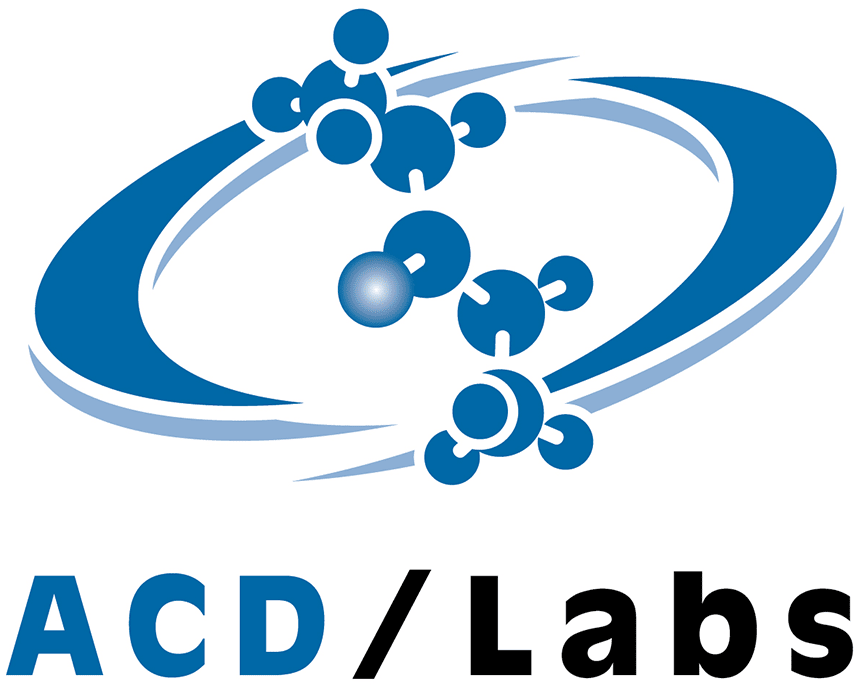CDS Empore™ (formerly 3M™ Empore™) EZ-Trace is an extraction system allowing for simultaneous extractions and significantly reducing preparation time of multiple samples. This application note demonstrates the performance of the EZ-Trace using the Empore™ SDB-XC disk under EPA Method 527.1 for reagent grade water samples. The recovery is determined for 26 analytes, consisting of pesticides and flame retardants, and demonstrates that the Empore™ EZ-Trace system provides a clean and efficient extraction with the Empore™ SDB-XC disk.
EPA Method 527.1 is a targeted list of 26 semi-volatile organic compounds in drinking water designed to dectect and quantify various pesticides and chemical additives in flame retardants.1 For example, numerous pesticides appearing in EPA 527.1 are classified as pyrethroids, which are a chemical class of pesticides that are highly effective insecticides. While pyrethroids generally have low mammalian toxicity, they are known to be toxic to aquatic organisms including fish. Examples of herbicides and organophosphate pesticides can also be found within the list of target compounds. Other major chemical classes of interest in EPA 527.1 are polybrominated biphenyls (PBB’s) and polybrominated diphenyl ethers (PDBE’s). Chemical species belonging to these classes are often used as additives in flame retardants and are also known carcinogens to humans.2
In this application note, multiple extractions are performed simultaneously by the Empore™ EZ-Trace to extract pesticide and flame retardant compounds from reagent grade water samples using the 47 mm Empore™ SDB-XC, polymeric-based SPE disks. Extractions are performed on the EZ-Trace under the negative pressure of a vacuum pump. The extract is evaporated, diluted, and then analyzed via GC-MS. The accuracy and precision for the recoveries of 26 analytical standards are determined from the four-point calibration curve of each standard. The results are assessed by the efficiency, reproducibility, and cleanliness of the extraction in combination with the accuracy and precision of the SDB-XC disk. The validation data presented herein was determined on four replicate measurements for each sample from the same lot of SDB-XC disks. MDLs were not determined as part of this validation.
Solid phase extraction (SPE) was done with Empore™ SDB-XC 47mm disks (catalog # 2240). Four extractions were performed simultaneously with the Empore™ EZ-Trace SPE channel vacuum system (catalog # 8000).
>> Download the full Application Note as PDF
More information





